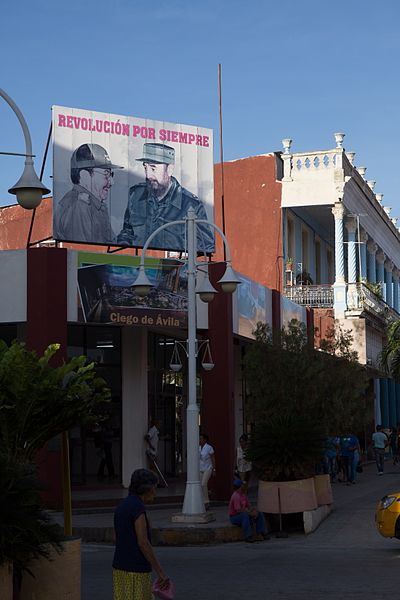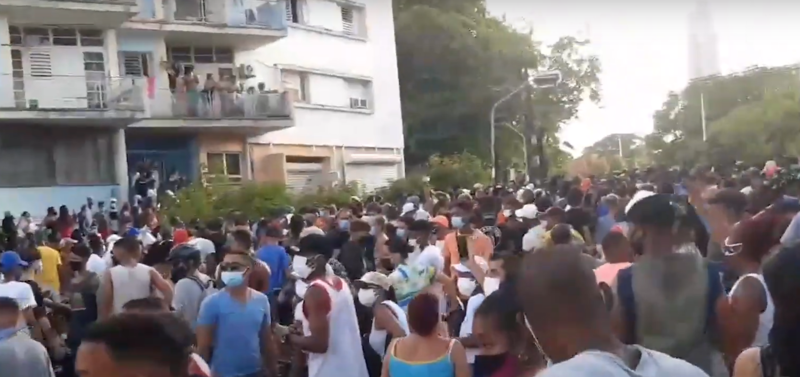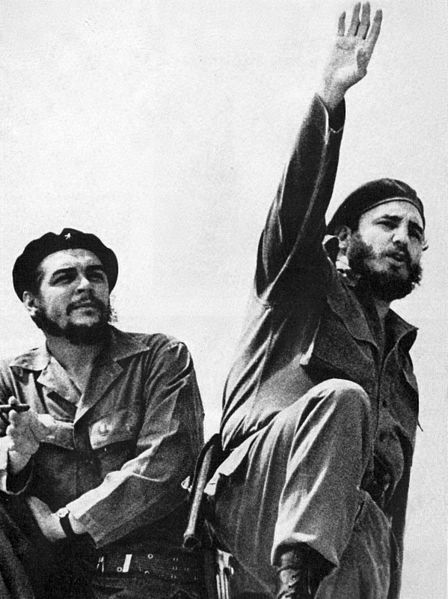…The Answer Is Affirmative
At the same time that the editions and fruits of Revolution and Counter-Revolution were multiplying on six continents,1 the world — impelled by the revolutionary process that has been dominating it for four centuries — underwent such rapid and profound changes that, as we launch this new edition, it is appropriate to ask, as we have already said, whether on account of these changes something should be rectified or added in regard to what we wrote in 1959.

Picture of Fidel and Raul Castro in Cuba, Ciego de Ávila, provincial capital. Caption is “revolution forever”. Photo by Christian Pirkl.
Revolution and Counter-Revolution is situated sometimes in the theoretical field and sometimes in a theoretic-practical field very close to pure theory. Thus, it should not surprise anyone if in our judgment no event has altered the study’s content.

Protesters on the streets of Cuba, July 11, 2021. Cuban’s are asking for an end to the communist tyranny that has dominated Cuba for 62 long and tragic years. As Mr. Sergio de Paz, a Cuban exile, said: “They’re not asking for food. They’re not asking for vaccines. They’re asking to be free from this regime.” Photo by 14ymedio.
Assuredly, many of the methods and styles of action used by the Brazilian TFP, which was being formed in 1959 — and by its sister organizations — were replaced or adapted to the new circumstances. Others were introduced. However, as all these methods and styles are situated in an inferior field that is effectual and practical, Revolution and Counter-Revolution does not address them. Accordingly, nothing in the text needs to be modified.

You too can join this campaign to stop the oppression of the Communist Cuban Government! Scan the QR Code or click on the picture! Sign Today!
All this notwithstanding, there would be much to add if we wished to relate Revolution and Counter-Revolution to the new horizons that history is opening. But this would not fit in a simple supplement. We do think, though, that a summary of what the Revolution did in these twenty years — a review of the world scene as transformed by it — would help the reader to easily and conveniently relate the study’s contents to present reality. This we shall proceed to do.
1 Revolution and Counter-Revolution has also significant circulation in Australia, South America, and the Philippines. – Ed.
Plinio Corrêa de Oliveira, Revolution and Counter-Revolution (York, Penn.: The American Society for the Defense of Tradition, Family, and Property, 1993), Part III, Chapter I, pg. 127-128.










